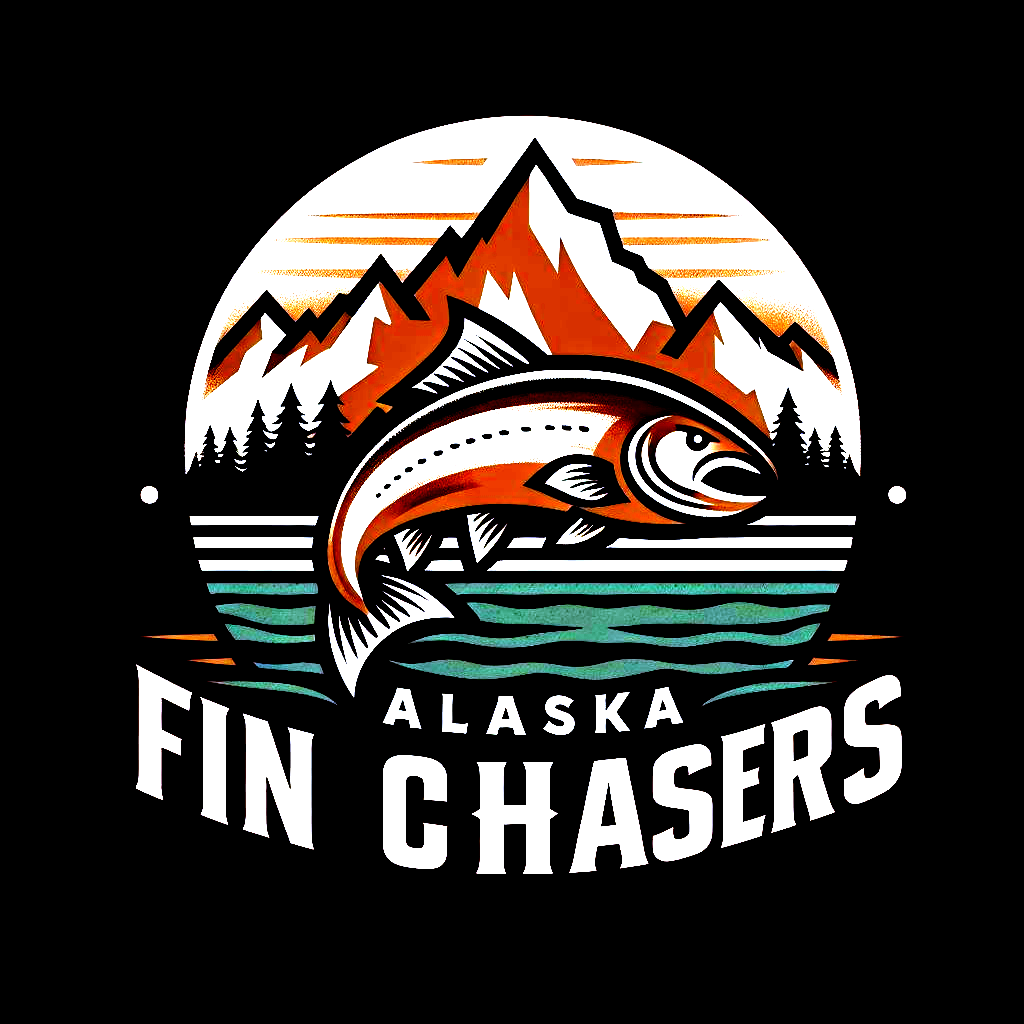What is the King Salmon Run?
Few fish species define a region like the King Salmon does for Alaska and the Kenai Peninsula. These massive salmon that call the Pacific Ocean home are called Chinook Salmon. They are easily recognizable, with the spawning males’ defining hooked lower jaws and powerful green and red coloring. A king that looks like this set the world record for the largest King Salmon ever caught in 198 – it was nearly five feet long. With mammoths like that out there, anglers worldwide dream of getting their chance to cast a fly in their direction.
The best opportunity to cast that fly is during the King Salmon Run. To understand the King Salmon Run and why it’s such a great time to get out there and fish, you must understand the fish’s life cycle. Their life cycle is longer than many other salmon species; some can live up to 7 years. After traveling upriver as part of the Salmon Run, the females lay the eggs, the males fertilize them, and both adult fish die, and the life cycle begins again.

The King Salmon’s Life Cycle
- Eggs
- The eggs are orange in color
- This period can last three to four months
- The eggs are placed in the Rocky bottoms of the rivers after their mother creates a small area for them to lay
- The males then fertilize them, and their life cycle begins
- Alevin
- They feed off a yoke sack
- Stay in the rocky bed of the river
- This phase lasts for a few weeks
- Fry
- 5 to 10 weeks old
- Swimming
- Parr
- Several months old
- Develops finger markings
- Smolt
- 1-3 years
- During this period, they will head downstream and out to sea
- Feed on small fish and crustaceans as they build the foundation for future growth
- Adult Salmon
- 1-6 years
- During this period, they will live in the Pacific Ocean
- Eats a wide variety of food, allowing for growth
- Spawning Salmon
- Any time between 2-6 years old
- The iconic green and red coloring may develop during this time
- Travels upstream from the ocean to spawning grounds
- They will die two weeks after spawning
King Salmon are unique in that they have four runs for each season, unlike other species of fish that migrate. These runs line up to when the fish first spawned, and the Kings in each run return at varying points in their lifespans. Historically, the largest run takes place from May through July. These runs are so massive that up to 80,000 King Salmon have been reported to traverse just one river in the region during the May through July run.

